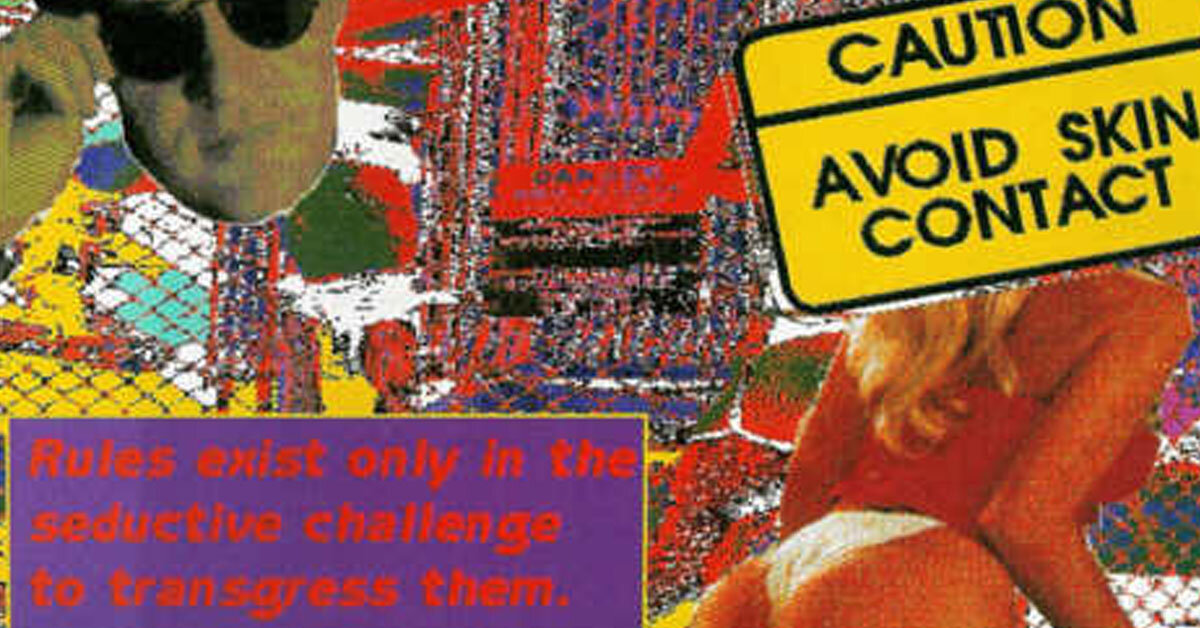Virtual Futures 1995
May 25-28, 1995 | University of Warwick
Virtual Futures '95 was a three-day conference held at the Philosophy department of the University of Warwick in May 1995, inspired by the neomaterialist philosophy of Gilles Deleuze. Described at the time as the Glastonbury of cyberculture, it was by the standards of academic conferences a massive event: nearly a hundred speakers gave papers, and just short of a thousand people packed into the main auditorium for the Saturday evening session. The topics discussed included chaos theory, cybernetics, geopolitics, feminism, nanotechnology, cyberpunk fiction, machine music, net security, military strategy, plastic surgery, hacking, biocomputation, cognition, cryptography & capitalism.
It seems bewildering now, but at the time 'cyberspace' was a fiercely contested concept. Many of the panels and q&a sessions were taken up with the question of the virtual; and a large proportion of the audience, it seemed, simply did not believe that such a 'space' could be real. The internet was yet to enter the public consciousness; email was used little outside the universities, and web browsers were still relatively new. Many of the people who came to the conference had nothing to do with the academic world, and clearly regarded virtuality as an abstruse piece of philosophical fancy; yet they still came. What drew them was perhaps the romance of new technology, for in retrospect the conference was closer in spirit to the Great Exhibition than to Glastonbury. What was on show was the hi-tech thrill of the new. In the week leading up to the conference, one BBC radio documentary plugging the event ran interviews with the speakers and organizers whilst playing Vangelis' soundtrack to Blade Runner in the background. Perhaps the conferees thought they would meet a cyborg.
In the event, they did. In fact, they met several cyborgs. The Australian performance artist Stelarc demonstrated his cybernetic third arm, and wired up members of the audience with electrodes so that he controlled their movements. On the Sunday morning, Orlan talked about her experiences of plastic surgery-as-art, whilst showing a film of her recent facial surgery, performed under local anaesthetic. As they watched the footage of Orlan talking to camera whilst the skin on her skull was peeled back, several members of the audience threw up, or ran out of the auditorium with green faces. Others passed out where they were sitting.
Over ten years on, Virtual Futures looks like an historical curiosity. It attempted to to popularize philosophy as an activity and to engage the public in the most abstract kind of intellectual debate; and in doing so, it made some of them vomit. Stelarc memorably described the VF crowd as "the hardest drinking, most politically incorrect philosophers in the world", an epithet which we worked hard to justify. One wonders who would merit that title today?
[Written by Dan O’Hara, 2007]
On a spring evening in May 1995 hundreds of people huddled together in a lecture hall at the University of Warwick for a chance to witness the Australian performance artist, Stelarc, who believed that soon we could not only take out natural organs and install improved artificial ones but also add a third hand and an extra ear. The interest this audience had in the speaker went beyond freak-show voyeurism to an actual concern with the future of their human-form. Those who had gathered together were told how their body was soon to become obsolete and it was time to question whether, “a bipedal, breathing body with binocular vision and a 1400cc brain is an adequate biological form. It cannot cope with the quantity, complexity and quality of information it has accumulated; it is intimidated by the precision, speed and power of technology and it is biologically ill-equipped to cope with its new extraterrestrial environment.”
This ‘extraterrestrial’ environment was ‘cyberspace,’ better known as ‘the internet.’ Many of the Q&A and panel sessions during the rest of this weekend were dominated by this new idea of the ‘virtual,’ a space that a large majority of the audience did not believe existed. It is hard to imagine now, but in the mid-90s the internet was yet to enter the public consciousness, email was used little outside of universities, web browsers were still relatively new and the idea of ordering a pizza online, as attendees were told they would be able to do, was considered ludicrous. As for the University of Warwick, it had only 3,000 points of JANET access – compare that now with over 20,000 students and staff all with WiFi Hotspot access.
Surrounding this topic were a series of seemingly revolutionary statements made by many of the speakers regarding, “open systems, information systems, which would know no boundaries of law or privacy [and] there is nothing which human beings can do about it.” But these seemingly absurd notions have now, in the second decade of the new millennium, become accepted truths, you only have to look at the current WikiLeaks phenomenon, the work of hacker collective - Anonymous, and more recently the Ryan Giggs Twitter debacle to see that ‘information systems knowing no boundaries of law’ may not have been such a ludicrous idea. Then, when we begin to look at our digitally cluttered lives: at the number of unread e-mails, at the influx of Twitter information and the always-on notification nightmare that is Facebook, it has suddenly become easy to accept that a couple of upgrades to the body and brain would not go a miss.
[Written by Luke Robert Mason, 2011]
Articles
Press
The Guardian, ‘Travels in cyber reality’ by Jenny Turner, 18 March 1995 [PDF]





